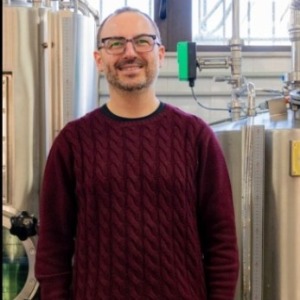8th Edition of Euro Global Conference on
Food Chromatography
Food chromatography is a powerful analytical technique used to separate, identify, and quantify the components of complex food samples based on their physical and chemical properties. This technique plays a crucial role in food analysis, quality control, and research by providing detailed information about the composition, purity, and stability of food products. Chromatography works on the principle of differential partitioning of components between a stationary phase and a mobile phase. There are several types of chromatography used in food analysis, including gas chromatography (GC), liquid chromatography (LC), and thin-layer chromatography (TLC). Gas chromatography is commonly used to analyze volatile compounds such as flavors, aromas, and contaminants in foods, while liquid chromatography is suitable for separating non-volatile compounds such as vitamins, amino acids, and pesticides. Thin-layer chromatography is a simple and cost-effective method used for preliminary screening of food samples or separating components with similar properties. Food chromatography can be coupled with various detectors such as mass spectrometry (MS), ultraviolet-visible (UV-Vis) spectroscopy, and flame ionization detection (FID) to enhance sensitivity and selectivity. This allows for the identification and quantification of specific compounds in food samples with high precision and accuracy. Food chromatography has applications in food safety, quality control, authenticity testing, and research, enabling the detection of contaminants, additives, adulterants, and natural compounds in food products. It is used in various sectors of the food industry, including agriculture, food processing, beverage production, and food packaging. By providing detailed information about the chemical composition of food samples, chromatography helps ensure compliance with regulatory standards, verify product authenticity, and support product development and innovation. Overall, food chromatography is an indispensable tool in food science and technology, contributing to the safety, quality, and integrity of the global food supply.

Said Bouhallab
INRAE, France
Giovanni De Francesco
University of Perugia, Italy
Ombretta Marconi
University of Perugia, Italy
Alex Martynenko
Dalhousie University, Canada
Ana Isabel Najera
University of the Basque Country EHU, Spain
Marcin A Kurek
Warsaw University of Life Sciences, Poland


